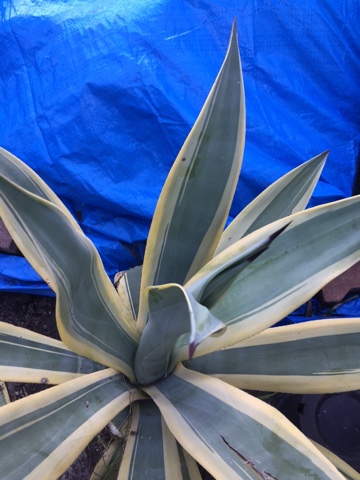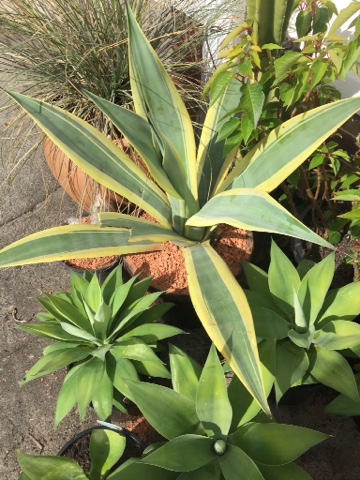Seed Merchants of yesteryear.........
I have to confess to being something of a gardening hoarder. If by definition that refers to someone who has kept all packets of seed, plant labels, gardening magazines and newspaper clippings, as well as an assortment of rusting no longer in service tools that have ever crossed my path during the past forty years or so. Then you wake up one day and ask yourself why am I keeping all this? So before the old seed packets went into the recycle bin I took a few photos of a range from various companies some of whom are no longer trading.
Not much changes however......
It is impossible for me to walk past a seed rack in a Nursery or Hardware store without picking out a couple of packets of something I would like to try. As well, these days it is seeds saved from cross pollinated prize shrubs which hold my attention. What will the resulting seedling turn into?
These lines from the V Sackville-West poem The Garden convey the wonder and reward of growing plants from seed.
'He is a millionaire for a few pence.
Squandering nature in her gift exceeds
Even her own demands.
Consider not the lily, but her seeds
In membrane tissue packed within the pod
With skill that fools the skill of human hands;
The poppy with her cracking pepper-pot
That spills in ripened moment split asunder;
The foxglove with her shower as fine as snuff.
Consider these with thankfulness and wonder.'































